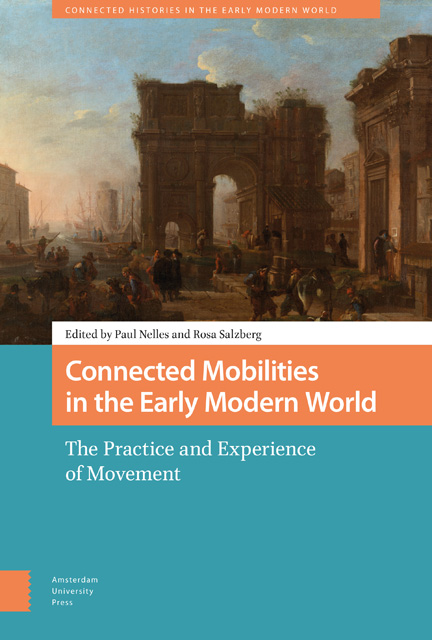6 - Quarantine, Mobility, and Trade: Commercial Lazzarettos in the Early Modern Adriatic
Published online by Cambridge University Press: 15 June 2023
Summary
Abstract
In the context of maritime transport, defensive measures of preventive isolation and disinfection of goods were fully developed in Venice only in the mid-sixteenth century. The institution of the lazzaretto, established a century earlier as a plague hospital, gained new, commercial functions developed further in the lazzaretti in Venice’s overseas border territories in Dalmatia and the Ionian islands. The chapter focuses on the evolution of the lazaretto from its original purpose as a plague hospital into a complex architectural site for managing the movement of people and goods between Ottoman territories and Western Europe.
Keywords: disease; early modern Adriatic; Venice; Dalmatia; plague hospitals; borders
During his twelve-year pilgrimage, Simēon, an Armenian pilgrim from the town of Zamość in Poland, visited prominent holy sites in Istanbul, Jerusalem, and the Surb Karapet Monastery in Anatolia before deciding to call on the tombs of the Apostles Peter and Paul in Rome. Thus, in 1611, after crossing the Ottoman-Venetian border on the eastern side of the Adriatic on his way from Istanbul to Rome and finally arriving, after years of travel, in Christian lands, Simēon found himself suddenly incarcerated in the lazzaretto of Split.
As a passenger who had joined a caravan of merchants with horses and mules loaded with goods, Simēon travelled from Istanbul along the great highway of the Ottoman Balkans to Edirne (Turkey) and then to Plovdiv (Philippopolis, Bulgaria). From Plovdiv, after seven days’ travel along mountainous roads, the caravan arrived in Skopje (Northern Macedonia). After another six days of strenuous journey along the difficult path, the pilgrim arrived in Novi Pazar (Serbia) and then in Sarajevo (Bosnia and Herzegovina). From there, Simēon and the caravan reached the fortress of Klis (Croatia), situated on the mountain pass overlooking the Venetian town of Split (Spalato) on the Adriatic coast. The caravan that arrived at the Ottoman-Venetian border was composed of five or six hundred men. As Simēon recounts, Venetian soldiers arrived to accompany the caravan to Split.
There, on the Ottoman-Venetian border, began Simēon’s extraordinary experience – his first encounter with the practice of quarantine. The soldiers whom he expected would greet him and provide safety, instead deprived him of his freedom and took the whole caravan directly (avoiding the town centre) to the lazzaretto, where Simēon was locked in a cell without any explanation.
- Type
- Chapter
- Information
- Connected Mobilities in the Early Modern WorldThe Practice and Experience of Movement, pp. 157 - 182Publisher: Amsterdam University PressPrint publication year: 2022

